Cuba Then and Now
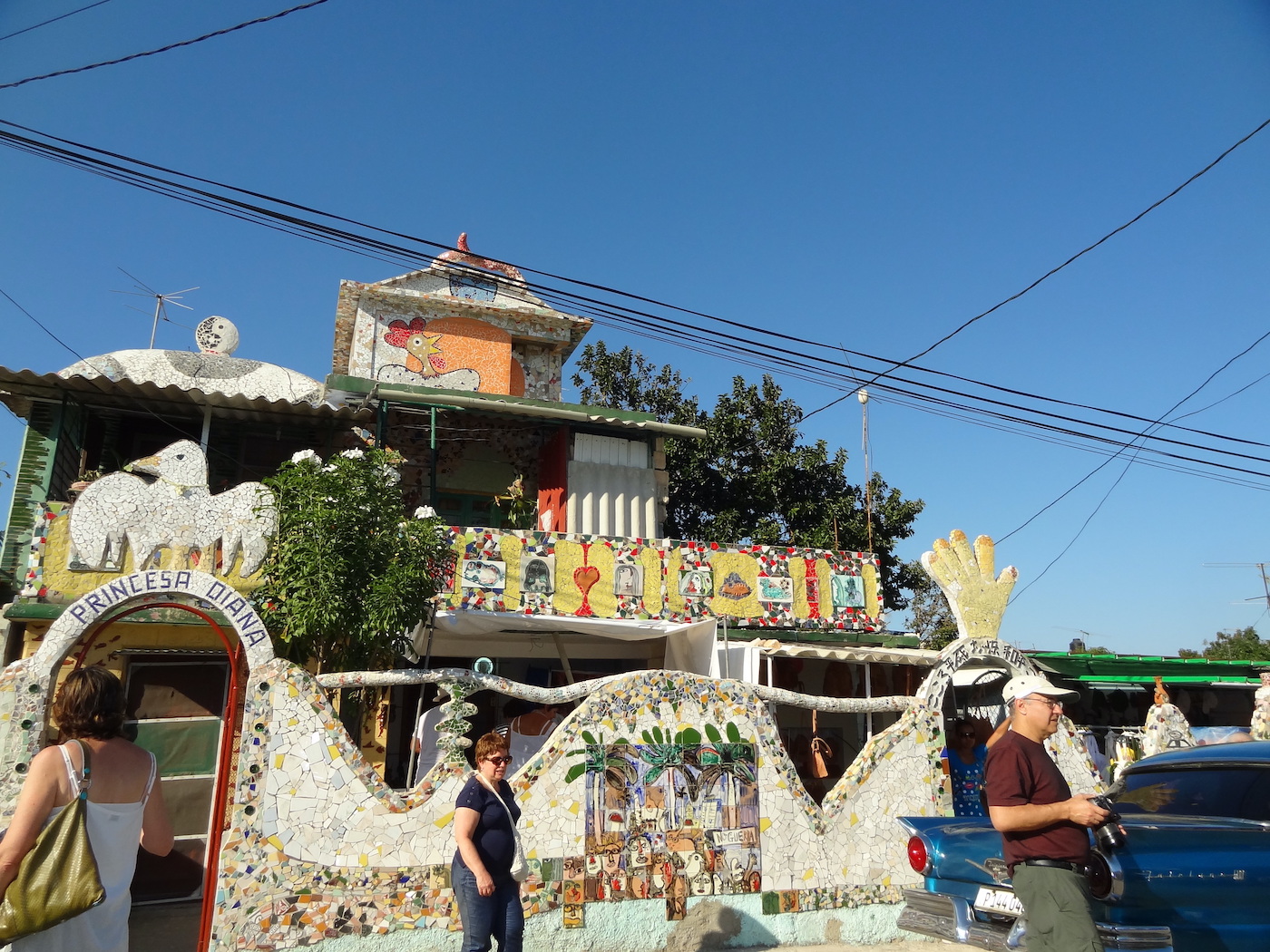
Salsa and cigars, rum and mojitos, music and the Tropicana nightclub, 1950s cars. Icons of Cuba. Christopher Columbus is touted to be the first tourist in 1492, but I don’t think he found a nightclub or cigars. My husband, Don, and I went to Cuba on our honeymoon in 2002 with the Museum of Art sponsorship on a charter airplane. The airplane had mechanical problems, and we had to sleep all night at LAX waiting for the company to send another aircraft. We remember on arrival in Havana an old man getting off the airplane and kissing the ground. I don’t know if he was visiting or staying.
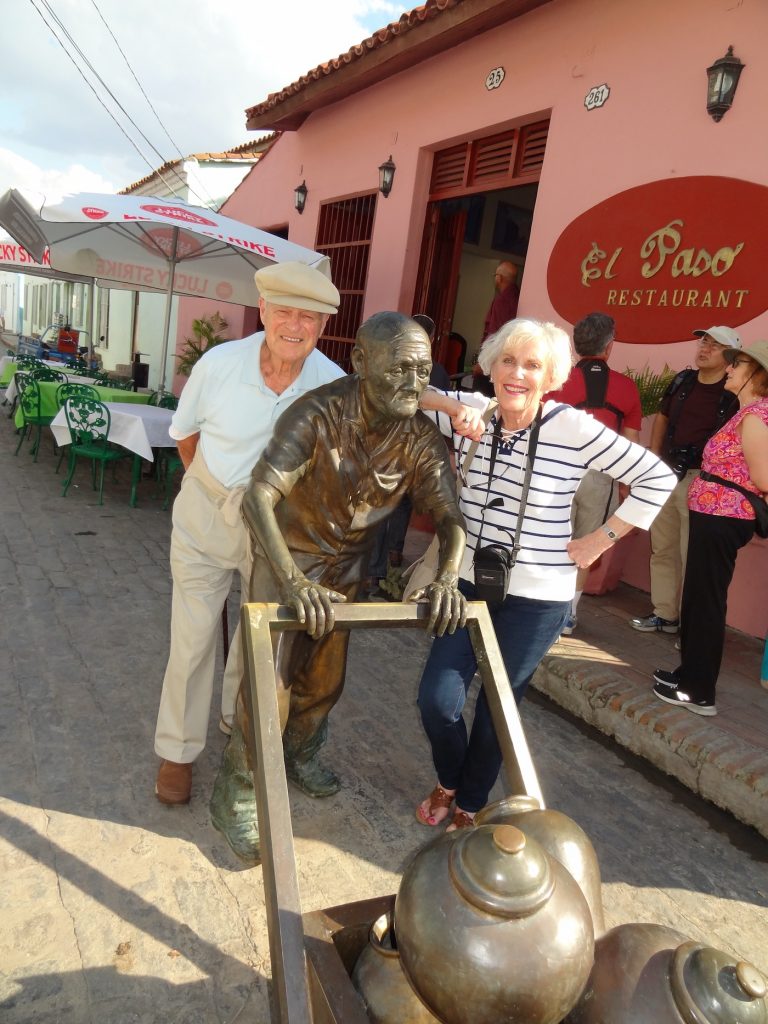
This time, we flew American Airlines from Miami to Holguin on the eastern end, so we could traverse the entire island and not just Havana as before. We needed a visa and to choose between 12 different categories as to why we were visiting. Ours was people-to-people (others were scientific study or family visit), which didn’t allow us to spend time at the beach. You can’t just be a tourist, so we had to do other activities in the morning so we could have beach time. This is a government rule, and the tour company could lose their contract if they ignored the rule.
We stayed in four different hotels during the 12 days, three of them were the Spanish company Melia and one was authentic Cuban in Camaguey because there was no choice. Our guide kindly called it a basic hotel with only one elevator.
Before, the Cuban people were not allowed in the hotels unless they had a job there: look but don’t touch. Today, it is all open to everyone, if they can afford the prices, which are reasonable by our standards but not theirs. There is convertible currency called CUCs (Cooks), which is about one for $1. There are no ATMs, but you can easily change money in the hotels. You can’t use credit cards or spend dollars.
When I went to the beauty shop at one of our hotels that was a beach resort (great beaches on the north side), it cost 18 CUCs ($18), but the hairdresser had a government contract and was only paid $12 a month. She could keep tips but as she said, “Not everyone tips.” I gave her almost half her salary in a tip. That is why doctors, professors, and attorneys would rather be a guide or a cab driver to get tips, which affords them a far higher standard of life.
Cubans still have ration books and go to the ration store monthly for their quota of rice, beans, oil, et cetera. Rice cooked with beans is their staple food and we had it at many of the paladars along with some meat (fish, chicken, pork, beef). The basic vegetables seemed to be cucumbers and tomatoes. Supposedly, Cubans are beginning to grow more vegetables.
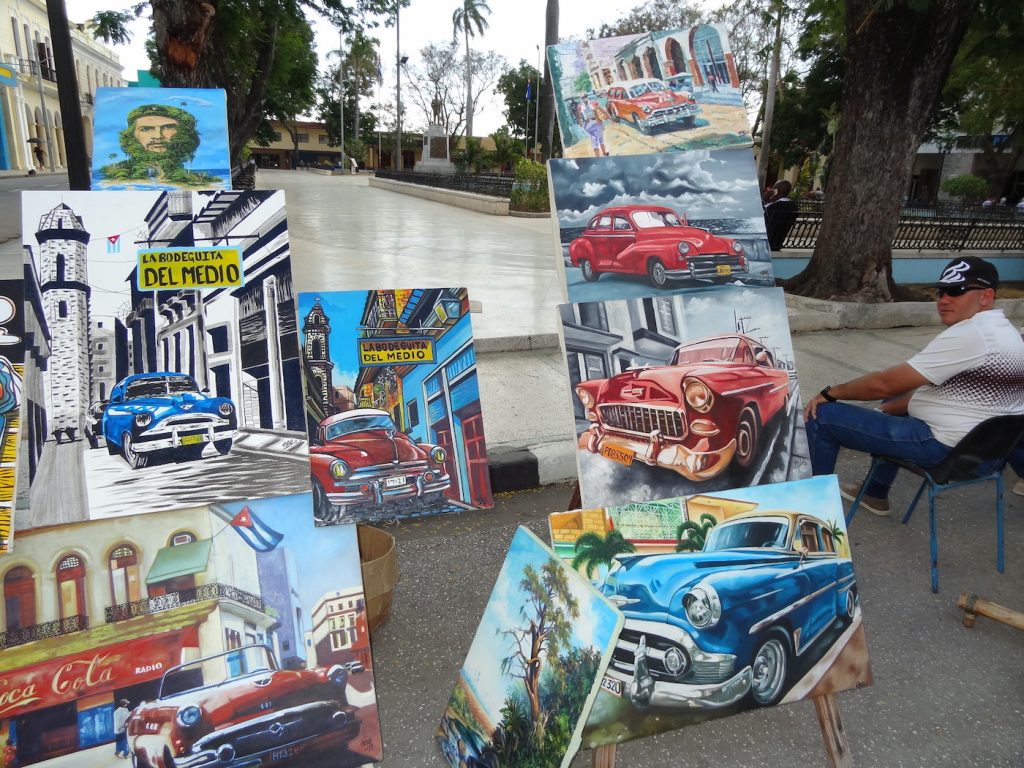
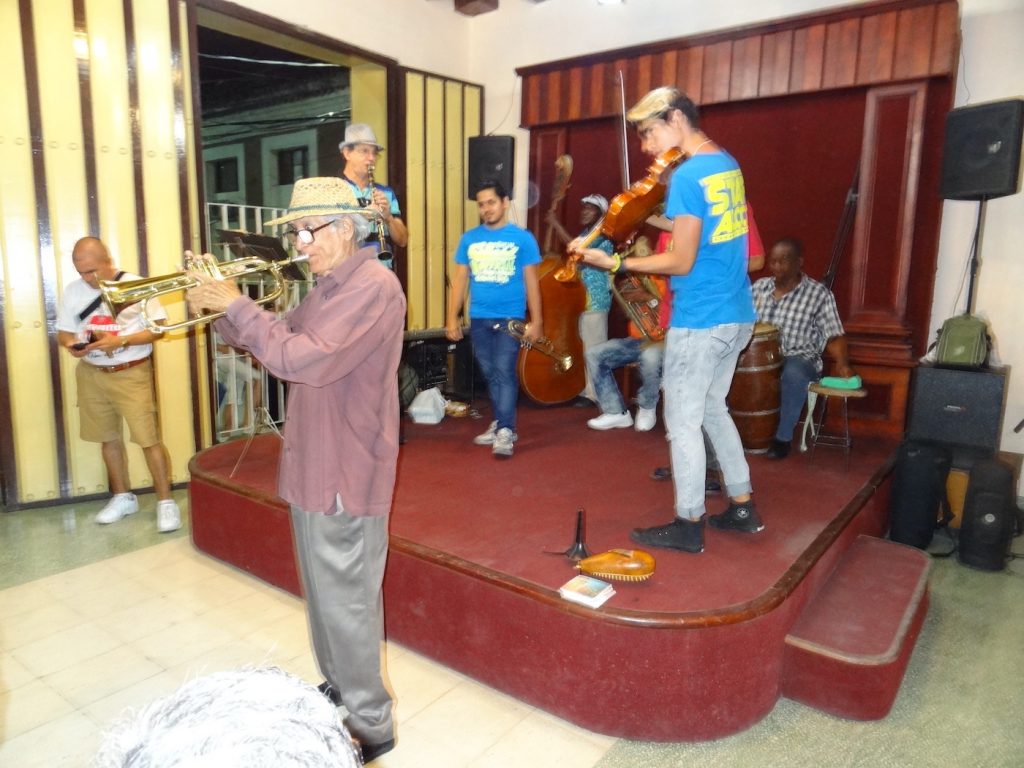
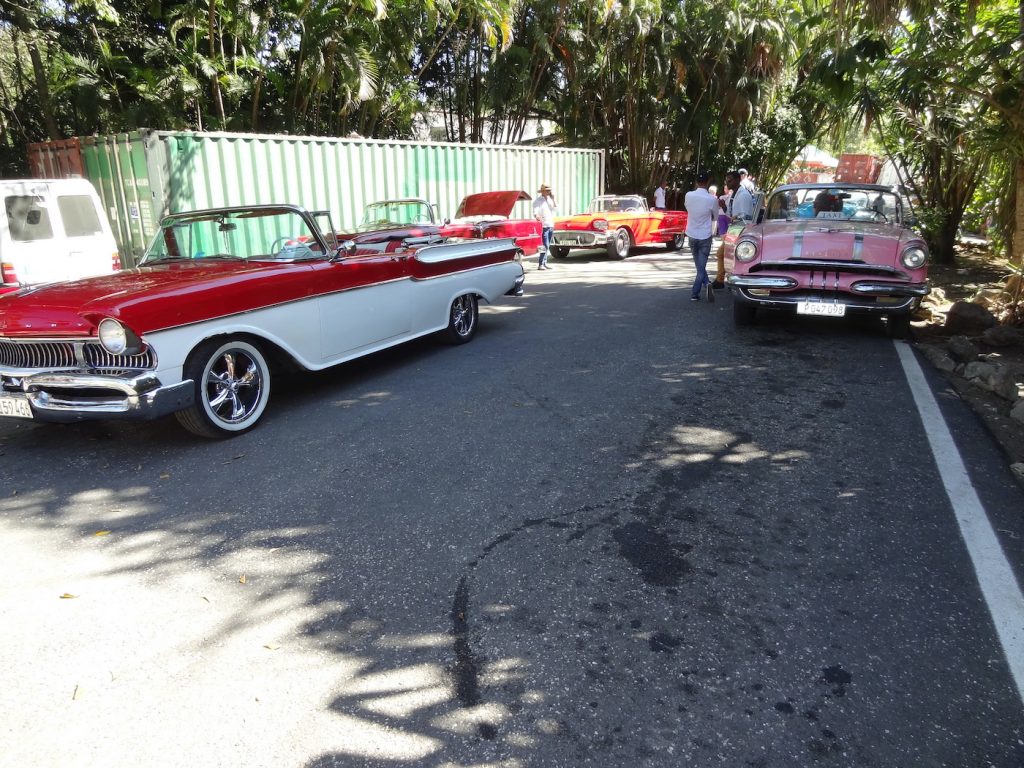
Paladars are privately owned restaurants where the owners usually live on the premises. On our first trip, we went to one in what had once been a beautiful villa on the Malacon (the ocean front street in Havana). Drying laundry was hanging all over what had been the living room. There were small cubicles curtained off where whole families lived side by side. The paladar was on the third floor and all the waiters had to be relatives.
These days, much has changed. There are many beautiful paladars. At one we went to, the couple had bought an old house and totally remodeled it. They were known for their cuisine. They paid the government something (as we do taxes) but kept the rest. Capitalism at work.
We thought the government was not communistic, though that term is used. It’s socialistic. When Castro confiscated the sugar cane fields, the production went way down, so he formed co-ops and production went up. Castro’s big thing to appeal to the people was free medical and free education even if you went for multiple degrees. That is still true. There are 26 universities in Cuba. School is mandatory until age 15. The literacy rate is near 100 percent, compared to 25 percent before the revolution. About 95 percent of students graduate from college, then are required to complete two years of public service.
Men are required to go into the military for two years. There is one-year maternity leave, which pays $20 a month. Abortion is allowed up to seven weeks. There is a doctor for every 176 people, and dental is also free. The schools teach English, give them lunch, and pay for uniforms.
When I lived in Louisiana shortly after the Castro revolution, I met several former sugar barons who had to flee Cuba. I remember one lady who had her former maid somehow go back to her home and rescue her family albums, sending them to the U. S. She was so happy to get them.
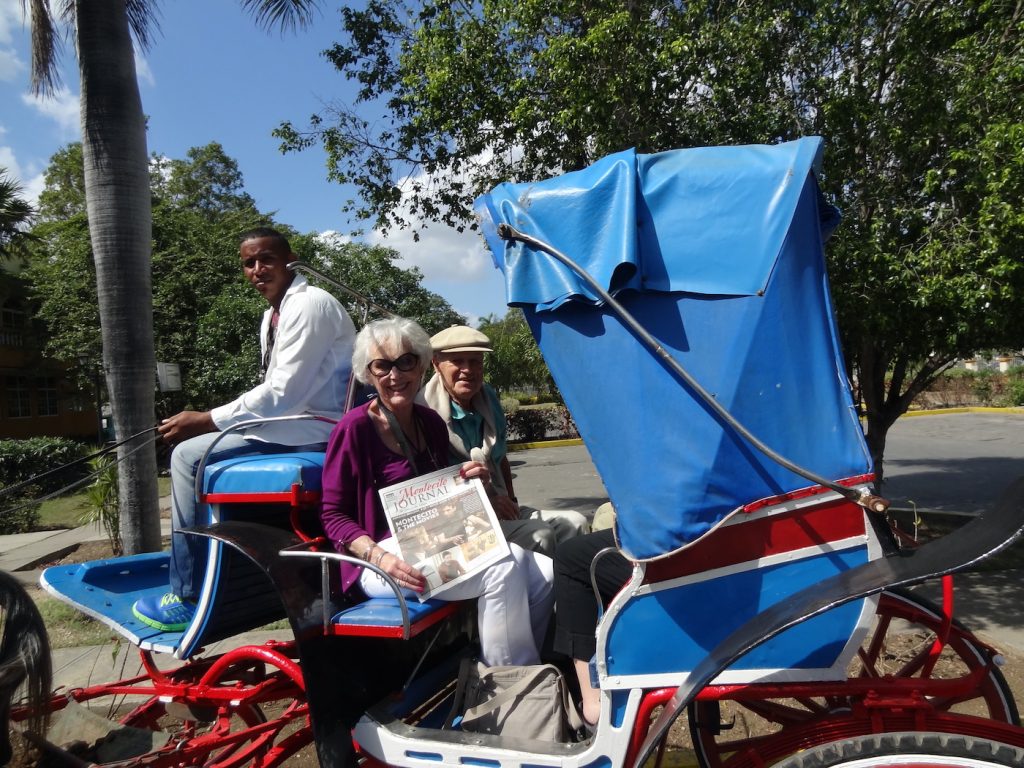
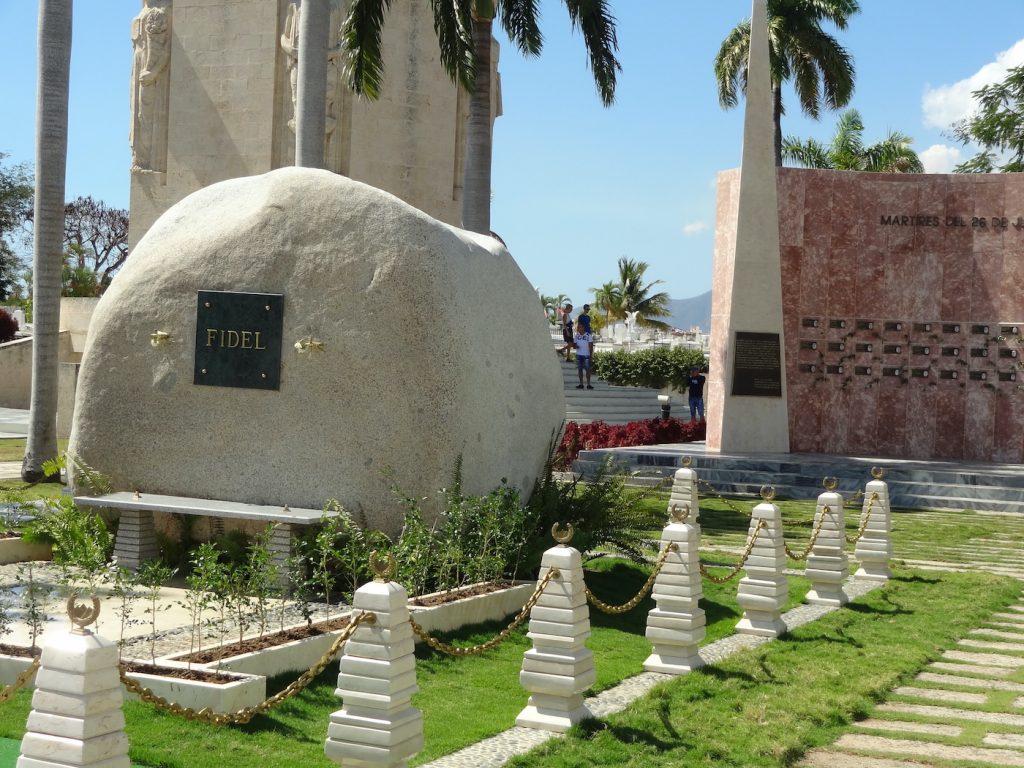
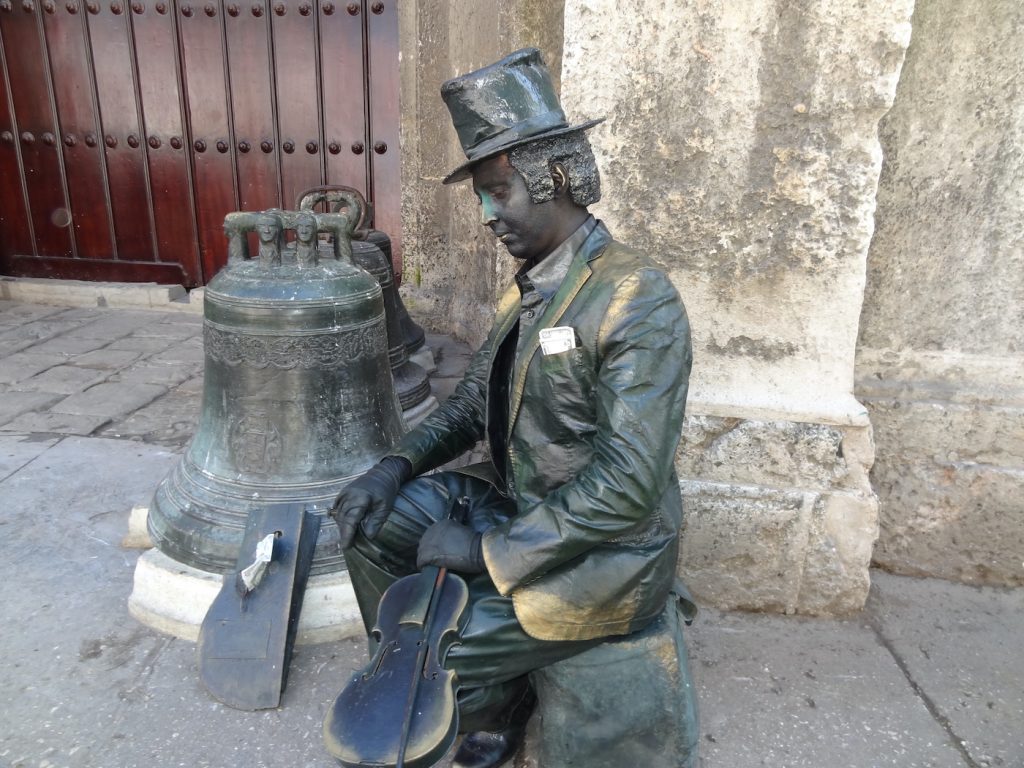
Castro’s brother, Raul, says he will quit his second five-year term in 2018. It is thought that the successor will be current vice president Miguel Diaz-Canel Bermudez (56). He is an engineer by training (highest-ranking politician born after the revolution) and has spoken for an open press and more Internet access.
Tourists from the United States are flooding into Cuba at a record rate. Cuba is probably not ready for the onslaught, but as we speak there are no McDonald’s or Starbucks. In fact, foreigners are not allowed to buy property in Cuba. Our tour had a brand-new bus made in China by Yutong complete with a bathroom.
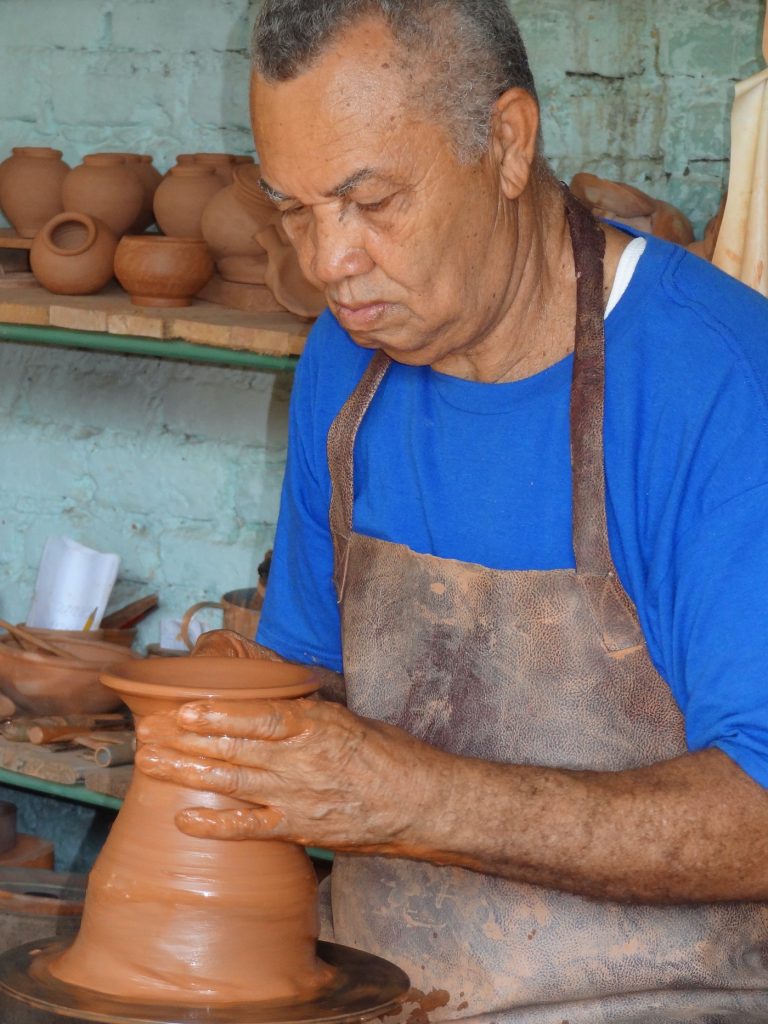
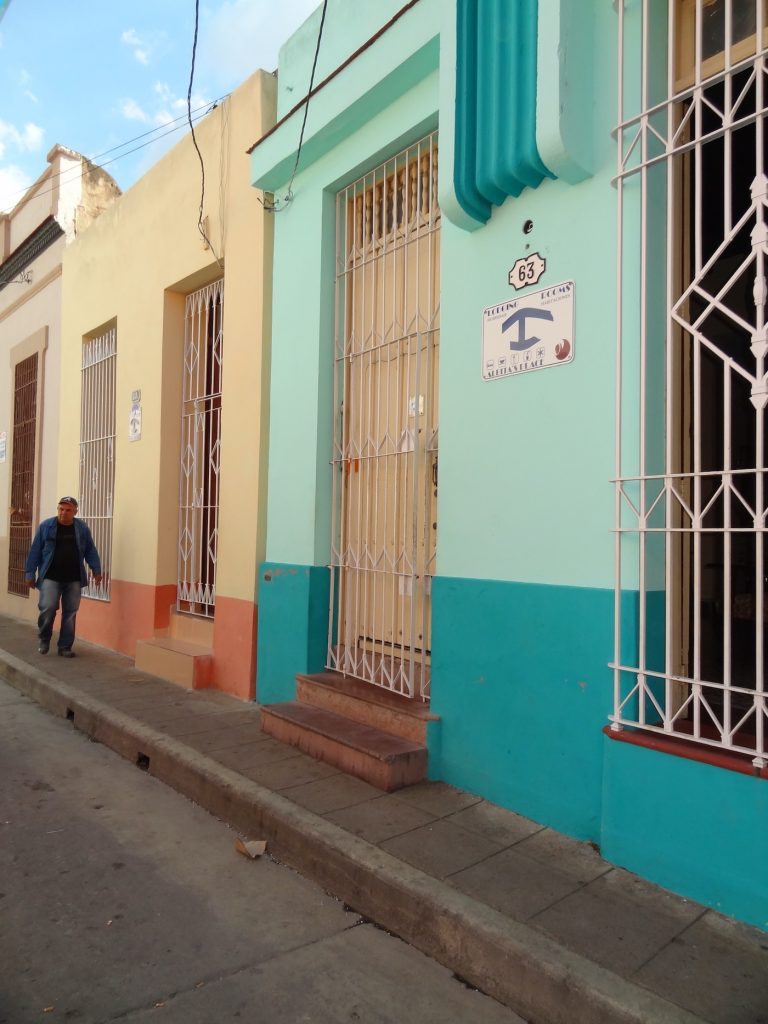
To all tourists’ delight, there are still all the 1950s cars – Ford, Chevrolet, Bucks and others, most in excellent shape. I asked one of the guys where they get parts. He replied, “All different ways. If you have a friend in the States, they might send some. We make others ourselves or salvage from another car.” There’s a Cuban saying that they can make something from the air. Or something from nothing. I think that’s true. There are also many Soviet cars, but only 10 percent of the people own cars at all. You can still see a mule pulling a wagon filled with people or merchandise.
The Cuban people are a mélange of African (slaves until 1868), Spanish, South American, and European, all colors of skin. There are no siestas in Cuba. There is no advertising (only political) and no graffiti. Everyone agreed that Cuba suffered hard times with the fall of the Soviet Union when they ate cats and dogs as a last resort. Some say that when Castro died in 2016, part of Cuba died. Raul doesn’t have that charisma but seems more flexible. The people have more freedoms than 15 years ago.
There was a time when the population was brain-washed and afraid they might be turned in if they talked. No one seemed that way now. They have five channels of television in their homes, and every home or shack has electricity and TV. There are more channels offered in the hotels. There is some Wi-Fi, but it is slow, they say. I’m not a tech, so I didn’t try. Cuba’s two great domestic products are tobacco and sugar. Rum is another, but the Barcardi people fled during the revolution and now it’s a different company.
Their towns are a rainbow of color. Residents can paint houses any color they desire and they do – from bright pink, red, purple, blue, green, and yellow, all side by side. A happy sight.
Pickpockets are so rare, no one ever said to be careful. Police cannot use guns and you can’t buy guns.
To be continued…







You must be logged in to post a comment.